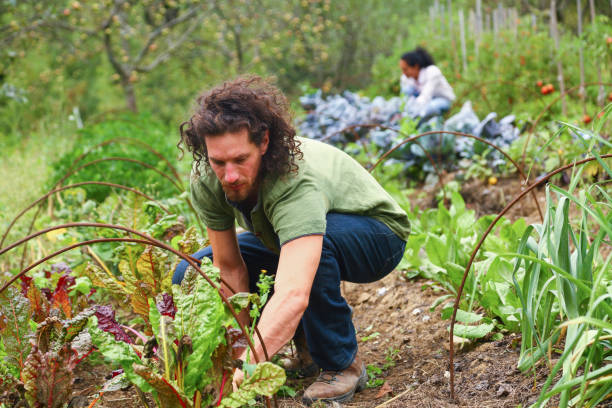Generational Gardening: Bridging Age Gaps Through Green Spaces
Cultivating connections across generations has found an unexpected champion: community gardens. These verdant spaces are becoming hubs of intergenerational bonding, fostering understanding between seniors and youth while promoting sustainable living. From urban plots to suburban patches, generational gardening is taking root as a powerful social phenomenon. Read below to explore how this green revolution is reshaping community dynamics and cross-age relationships.

Cultivating Connections: How Gardens Foster Intergenerational Bonds
At the heart of generational gardening is the exchange of knowledge and skills. Older gardeners, often retirees with decades of horticultural experience, serve as mentors to younger participants. They share time-tested techniques for nurturing plants, identifying beneficial insects, and maximizing yields. In return, younger gardeners bring fresh perspectives, introducing innovative gardening technologies and sustainable practices. This reciprocal learning environment breaks down age barriers, fostering mutual respect and understanding.
Beyond the Harvest: Social and Psychological Benefits
The impact of generational gardening extends far beyond the tangible produce. For older participants, these gardens provide a sense of purpose and community engagement, combating feelings of isolation often associated with aging. Younger gardeners benefit from the wisdom and life experiences shared by their older counterparts, gaining valuable insights that transcend horticultural knowledge. The intergenerational interactions in these green spaces have been shown to reduce ageism, increase empathy, and improve overall community cohesion.
Rooted in Technology: Digital Tools Enhancing Garden Connections
While gardening might seem like a purely analog activity, technology is playing an increasingly important role in generational gardening programs. Social media platforms and gardening apps are being used to coordinate activities, share progress, and exchange tips. Some communities have even implemented QR codes on plant markers, allowing participants to access digital information about each crop. This integration of technology not only enhances the gardening experience but also provides an opportunity for older participants to improve their digital literacy with the guidance of tech-savvy younger gardeners.
Growing Pains: Challenges in Intergenerational Garden Programs
Despite its many benefits, generational gardening isn’t without its challenges. Differing physical abilities, varying schedules, and potential communication gaps can create obstacles. Some programs have struggled with balancing the needs and interests of diverse age groups. Additionally, securing long-term funding and land use agreements for community gardens can be difficult, particularly in urban areas where space is at a premium. However, many communities are finding creative solutions, such as partnering with schools, senior centers, and local businesses to ensure the sustainability of these valuable green spaces.
Harvesting Change: The Future of Generational Gardening
As awareness of the benefits of intergenerational gardening grows, so too does its potential to reshape communities. Urban planners are increasingly incorporating community gardens into their designs, recognizing their value in promoting social cohesion and sustainable living. Educational institutions are also taking note, with some schools integrating gardening programs that connect students with local seniors. Looking ahead, the future of generational gardening appears bright, with the potential to not only bridge age gaps but also address broader societal issues such as food security, environmental education, and community resilience.





